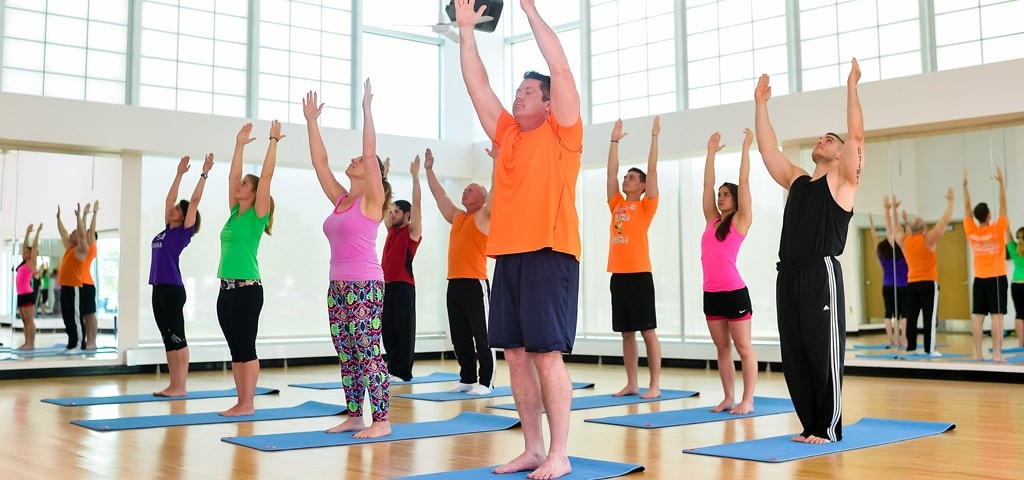The Facts on Rationale about Exercise Selection

The Facts about Progressive Resistance Exercise
February 22, 2017
Basic Facts about Strength and Muscular Endurance
March 4, 2017There are literally thousands of exercises available and not all the exercises are suitable for all people. Some exercises should be avoided if there is a risk of injury. These exercises are known as “questionable” or “hazardous”. Some of these exercises may drastically violate the mechanism of the human body. Studies indicate that many fitness centers and health clubs do not employ properly trained instructors.
If knowledgeable instructions are given to recognize some exercises then it can be easily recognized by an individual. Persons who are not familiar with exercises says “I have been doing that all my life and it has never hurt me”. This argument explains the difference between individually prescribed exercises and mass prescription. Exercises that are believed to be potentially hazardous should be replaced with alternative exercises. The old saying, “When in doubt, don’t do it” is a good philosophy in choosing safe, effective, and alternative exercises.
Individual Prescription of exercises:
In the clinical setting, a therapist works with one patient. A case history is taken and tests are taken to determine which muscles are weak or strong, short or long. Exercises are then prescribed for that specific person. The patient is supervised in the correct execution of the exercises. For example, in a back – care program for an individual with lumbar lordosis, back hyperextension exercises might be contraindicated. However, another person might have a flat lumbar spine with a limited range of motion, in which, a set of back hyperextension exercises would be indicated. Thus, the classification of exercises in this concept does not necessarily apply to the setting where the individual prescription is done by a qualified professional who is an expert in applied kinesiology, anatomy, therapeutic exercise and functional tests.
Mass Prescription of exercises:
The mass prescription is all the participants in a group are prescribed with the same exercises. But there may be some allowances made in doing the number of repetitions or in the amount of weight (resistance) used. Some exercises will be suitable for some people but will not be suitable for a group of people. Microtrauma refers to a silent injury that results from chronic and repetitive motions. Other terms that are used to indicate the injuries due to repetitive motion are repetitive motion syndrome, cumulative trauma disorder(CTD), Repetitive Strain Injury (RSI), and overuse syndrome. For example, 40 backward arm circles with the palms down three days per week for 10 or 20 years. The wear and tear are usually noticed by the participant until the friction over time tends to down the ligament and tendon due to tendonitis, bursitis, fasciitis, arthritis, and nerve compression. This will become apparent later in life. If the injury reaches an acute stage in life, the real cause of the injury cannot be identified and it will be attributed to age. For example, changes in the musculoskeletal system are normally attributed to aging in young athletes.
The term ‘acute injury’ refers to the stress, strain, or sprain that produces pain within few hours of performing the exercises. For example, violating the integrity of knee joint by placing a torque on it during a toe touch or knee bend can tear the cartilage and ligament inside the knee. The participant knows that the injury occurs during that exercise. This is like doing a hazardous activity that may cause risk.
Microtrauma occurs with repetition of exercises that violates the physiological movements or normal joint mechanics. Some exercises can be performed safely when the number of repetitions is small and rarely used. For example, hyperextending the back in the prone press-up is safe when done once as a static stretch after a series of abdominal strengthening exercises.



